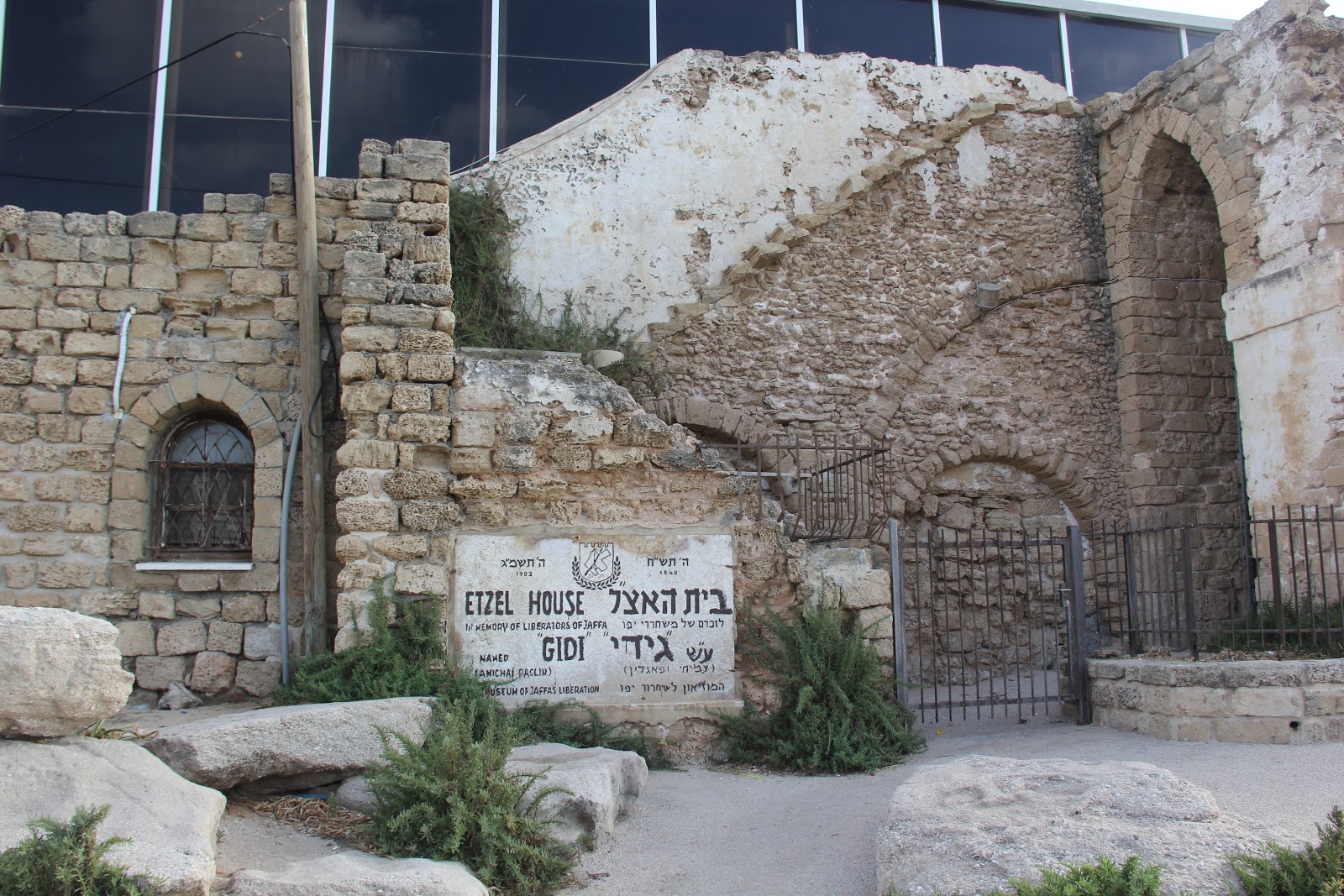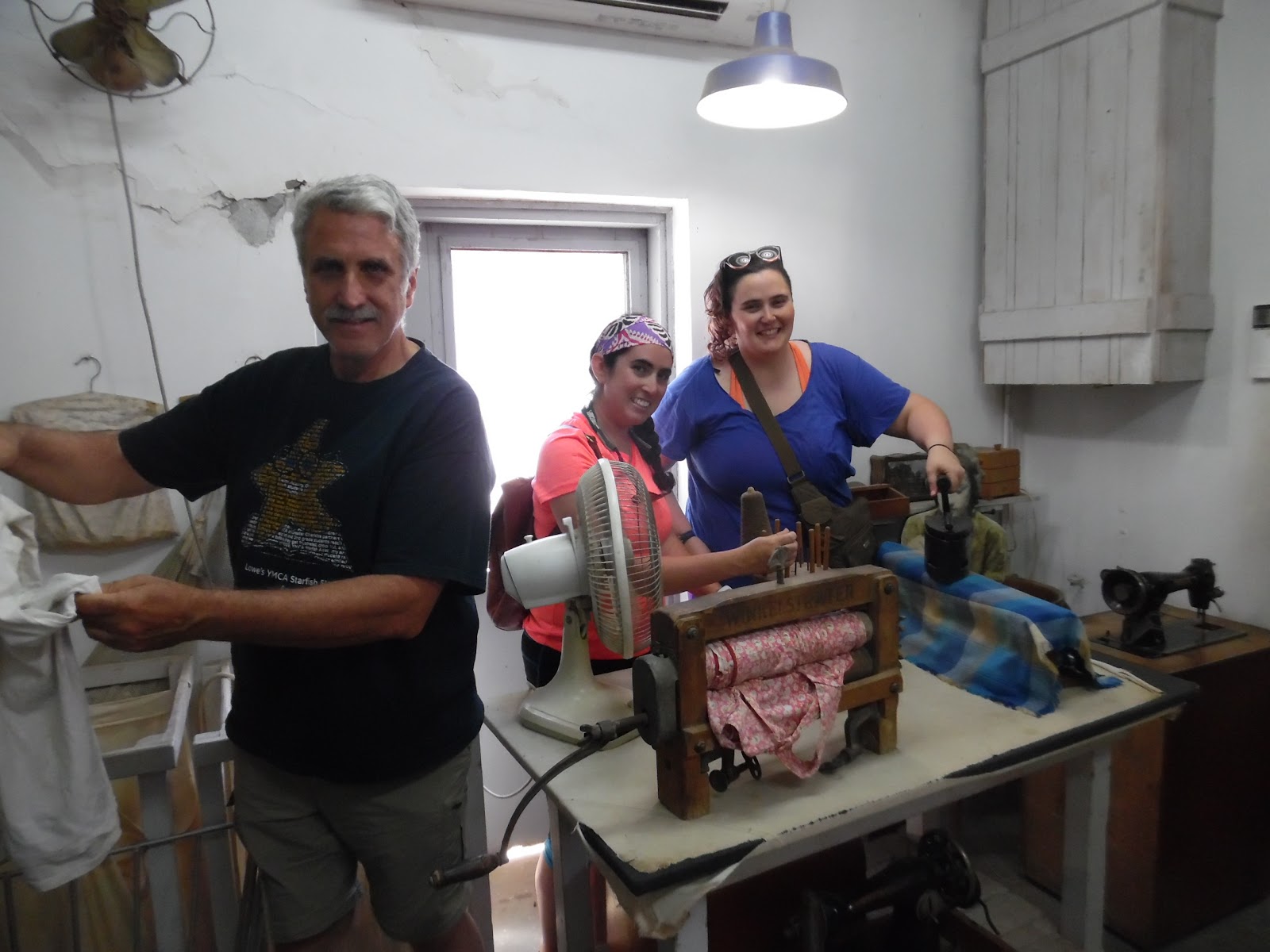The beginnings of the modern state of Israel began in the hearts and minds of several men and women in nineteenth century Europe. Pogroms in Russia drew French banker Baron Edmond Rothschild’s attention to Israel in the 1880s. He used a new idea to drain swamps on the plain of Sharon, starting agricultural communes where he could resettle Russian refugees. Farms were started in Rishon-Le-Zion, Petach Tikvah, Zichron Yaakov, Hederah, Rosh Pinah and Yesod Ha Ma’aleh which drew Jewish settlers from Russia, France, Germany, the Pale, and other areas of Europe.

Theodor (Binyamin Ze'ev) Herzl, a writer, playwright, and journalist, experienced anti-semitism while at the University of Vienna. He also saw that Russians displaced by the pogroms needed a place of refuge. In 1894 he wrote a play entitled “The Ghetto,” first of several works which birthed a movement called Zionism. This movement advanced a dream to establish a homeland for the Jewish people in Palestine, and consequently the settlement efforts.

As the movement of Jewish people to Israel increased in population, it angered Arab shepherds who used the land for grazing. They staged raids into Jewish compounds and destroyed crops. A primitive police force and small militia arose in the early settlements out of necessity. The farmers learned to take up arms, but the raids could come any time of day or night and the settlers realized that preparation and training with guns was not enough. They built walls first, then guard towers around their villages - simple throwbacks to the medieval castles of Europe or the walled cities of ancient Israel.

Just like in the days when Nehemiah was building the walls of Jerusalem, guards were posted in the fields by day and on the guard towers at night, watching for irregular but deadly Arab attacks. The early military included people like Israel Shochat, Yitzhak Ben-Zvi, Mendel Portugali, Israel Giladi, Alexander Zaid, Yehezkel Hankin, Yehezkel Nissanov, and Moshe Givoni, who realized that simple protection was not enough to halt the raids. They formed a secret a police organization called Bar-Giora to share information and formulate protective strategies. They went undercover as Arab shepherds in order to spy and thereby uncover potential attacks before they occurred.

The early movement developed into several more assertive organizations by the twentieth century including the Ha-Shomer (Guild of Watchman), the Haganah, Etzel, and Irgun. These movements protected settlers against Arab uprisings (such as the the events of 1922 and 1929), continued and stepped up the training offered to community police organizations, and made preemptive strikes against terror-based groups in Palestine and beyond.

After World War I, the occupation of Palestine was transferred from the Ottoman Empire to Great Britain. The English were sympathetic to the Jewish settlers at first and issued a policy called the Balfour Declaration. The Arabs pressured their new rulers to stem the immigration of refugees and Zionist farmers who were changing their land. The British government then issued “White Papers,” or policies which reduced (1921), limited (1930), and then banned (1939) Jewish immigration. These papers incited Jewish resistance and necessitated methods to smuggle Jewish refugees into the land. The Haganah and other organizations declared war on England.

But the war effort was stalled as the power of a new enemy overshadowed skirmishes taking place in Zion. Jews who were formally at war with England joined British forces to defeat Adolf Hitler and the Nazis. Many stories of valor can be told of Jewish soldiers who cooperated with the British in World War II military efforts while simultaneously breaking British leadership’s anti-Jewish refugee laws by illegally smuggling concentration camp escapees into Israel.

As World War II came to an end the Haganah renewed their war with England. They planned and moved forward with resistance against British colonial rule. They also worked to bring displaced Jews who survived both war and concentration camps to the land as illegal refugees (with an obvious need and nowhere else to go - other countries, including the U.S., were also turning away Jews who had escaped the horrors of the Holocaust alive). Zionists talked about a Jewish homeland with a government of their own in order to protect their people from the winds of foreign policy.
The Haganah built secret munitions factory and storage facilities to fight against Great Britain. We visited one such underground facility during our 2016 trip to Israel. We saw the laundry and bakery of Machon Ayalon, an agricultural kibbutz at Rehovot which hid an underground bullet factory.
Similar facilities were built across “Eretz Yisrael” (the land of Israel) in order to supply the rebellion and give birth to the new Jewish homeland.
Enlistment efforts were made to build an army and stage resistance which would lead to the independence of a new (yet ancient) Jewish homeland. Attacks were made on communication and transportation facilities in order to interrupt the ability of the British government and soldiers to effectively govern the land. These attacks were made at night in order to prevent loss of life for both the Jewish army and the British who operated these necessary services.
Jewish resistance was effective. England could not hold the country on their own and asked the United Nations to chart a course for the future. A resolution was drawn up recommending the creation of independent Arab and Jewish States. The Plan called for separate governments but economic union between two proposed states. At midnight on May 14, 1948, England announced their rule of Palestine would end and two new nations could be established.
The Jewish people seized the opportunity to establish a new government. Formal organization took place in the home of Meir Dizengoff to sign all necessary papers and to declare independence for the nation of Israel.

